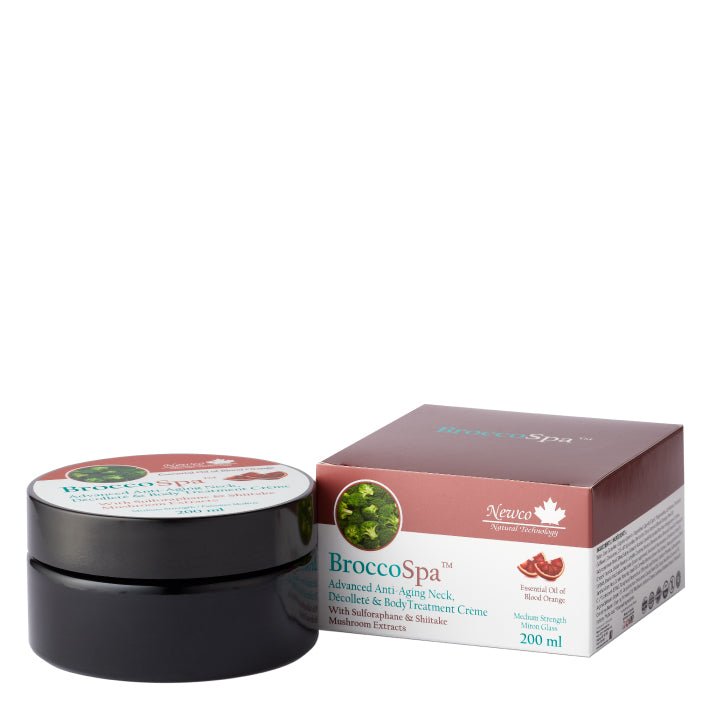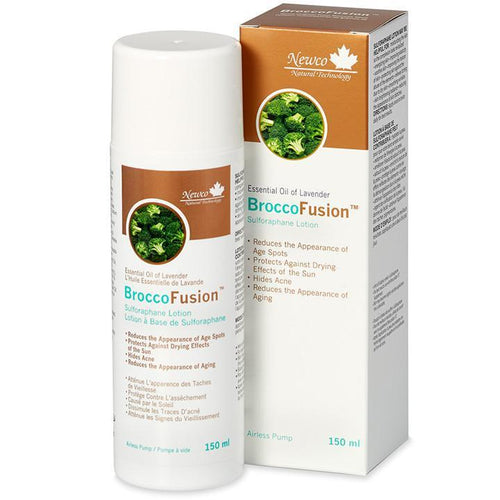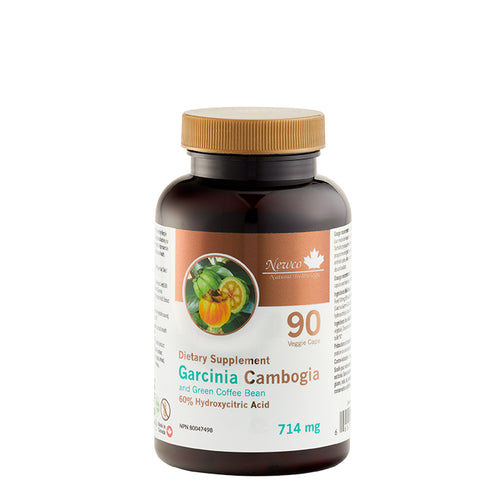I am volunteering one day a week as a lunch room helper at my kids' elementary school this school year. After a few weeks, I can share these observations with my fellow parents:
- After a morning spent sitting still and paying attention, most kids would rather talk than eat. This is especially true of the younger children (the older ones are better at multitasking!)
- The lunch period passes quickly! Getting the children to and from the lunchroom takes quite a bit of time. If you're at the end of the line, you'll have to be fast to eat all of your food.
- A lot of food is thrown away. Not just the purchased school lunches, but entire sandwiches, pieces of fruit and other sides. Not surprisingly, the less healthy choices tend to be eaten first.
Seeing this has changed the way I pack my children's lunches. Like most parents, my goal is to send my children to lunch with a healthy meal that is also easy on the family budget. Here are a few of my best tips:
1. Have your child bring home his or her leftovers for a week or two instead of throwing it into the trash.
While this can be a little messy (show them how to put it all in the sandwich box or plastic bag) it can give you a better idea of how much your child actually eats. This will help you pack more reasonable portion sizes and reduce waste.
2. As I said above, the little ones are most likely to get distracted and neglect eating.
You can try to mitigate this by sending calorie and nutrient dense choices that are easy to eat. Some good choices: cubes of cheese and meat, milk, hard boiled eggs, hummus with dippers, peanut butter with dippers (if allowed) and yogurt (you can control the sugar by flavoring plain yogurt and sending it to school in a container).
3. Many children drink before they eat.
You can take advantage of this by sending milk or a smoothie to school in a thermos instead of less nutritious juice beverages. I tend to chuck fruit that's almost over-ripe into the freezer for smoothies. This helps cut down food waste so that my grocery bill isn't out of control.
4. Fruits and vegetables are your best bet for sides!
Almost all kids will eat them….if you don't package them in the lunch box with chips, cookies and other packaged snacks. Fruit in season is usually quite cheap and doesn't require a lot of prep (unless you've got a first grader with no front teeth!) Do pay attention to portion sizes so that you aren't sending much more than they'll eat. If your child enjoys dips, send along a small container of salad dressing, hummus, yogurt dip or peanut butter.
Here are some of the favorites in my lunchroom:
- Baby carrots
- Grape tomatoes
- Broccoli florets
- Snow peas
- Sweet mini-peppers or bell pepper strips
- Cut up melon
- Apples
- Bananas
- Peaches
- Strawberries
5. You can send all sorts of soups, stews and leftovers to school in a wide-mouthed thermos.
This is a great way to send a hearty meal that costs pennies but do a few test runs with your child first to make sure he or she can open it. In many schools, the lunchrooms are under-staffed and a shy child might find it difficult to get the monitor's attention for assistance. Ditto for always making sure that you include a fork or spoon and napkins!
6. If you choose to send granola bars, chips, cookies and other packaged snacks, be sure that you're getting the best price.
In many cases, you can save by buying in bulk from a warehouse store or Amazon.com. Be sure to check out Aldi and other discount grocers, as well.
For additional savings you can break down large packages into snack sizes yourself (this works well for foods that don't go stale quickly like pretzels) or bake your own cookies and snack bars. I understand how tight time is, though, so don't feel too guilty if you decide that the convenience is worth it for your family.
7. If you want your child to have a snack for after-school or break time, send it in a separate bag or container.
I've known many children who fill up on snack food for lunch – it does get their bellies full, but children (and adults) do better with a more balanced lunch that includes protein and a bit of healthy fat. Having a snack easily available for your child after school can also help you avoid last minute drive through runs to get something to hold him or her over between after school activities.
8. Many schools have banned peanut butter and other nut products because of life-threatening allergies.
This can be inconvenient if your child lives on PB&J but it won't take long for your child to get used to eating something else. There are substitute spreads made out of sunflower seeds that many children find an acceptable substitute. It's more expensive than peanut butter, but a jar can stretch quite far. If your child won't eat a meat and cheese sandwich, try wraps, homemade lunchables (crackers and cut up pieces of lunch meat and cheese), hot foods in a thermos or salads.
9. Get your child involved in the process!
I've noticed that almost all of the kids in the lunchroom like talking to me about which foods are healthy and how they help them learn and grow. Talk to your child about health food choices and let them make suggestions on foods that they'd enjoy eating. Older children can not only pack their own lunch, they can also start learning about how to determine value for money when it comes to snack foods. For example, you can take your child to the store and have them compare how much food you get when you buy $3.00 of fruit versus $3.00 of fruit snacks.
10. If you are facing hard time financially, do check into the free and reduced school lunch program.
The income limits are higher than most people would guess and in most schools children no longer face any stigma in the lunch line as they pay with a card or by punching in their student number. While there are some questionable choices, your child will also be able to get low fat milk, fruit and vegetables every day. Go over the menu with your child every week and help them make good choices.
11. Don't worry too much about sending the same thing every day once you find a lunch that works.
Most kids don't mind at all and it makes things easy for everyone concerned. Packing foods that you know they'll eat helps cut down on waste. Also, keep in mind that many of the smaller children are pretty worn out by the time lunch comes along and aren't much in the mood to face something unfamiliar.
By packing reasonable portions of healthy foods that you know your children enjoy, you'll be able to avoid waste and get good value for your food dollar. Eating a nutritious lunch will help your child concentrate on his or her school work and grow up healthy and strong.
Written by Tracy for MoneyNing and legally licensed through the Matcha publisher network. Please direct all licensing questions to legal@getmatcha.com.





